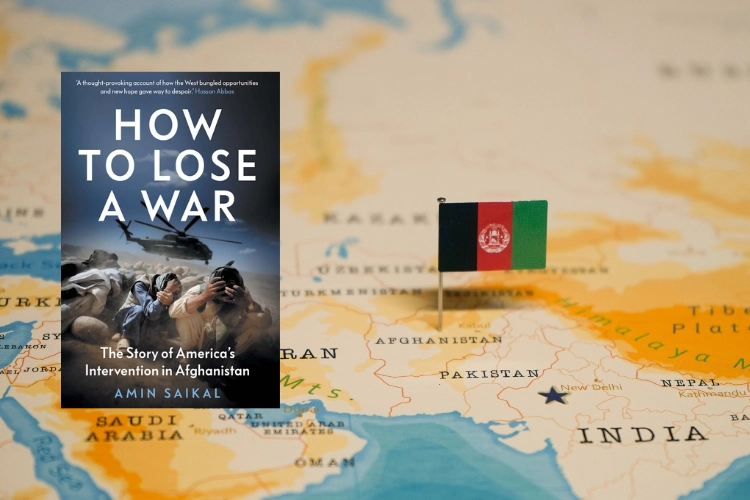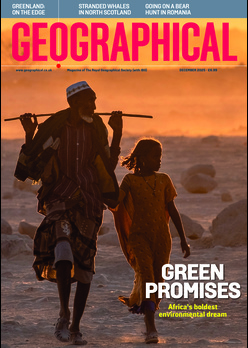
Saikal’s book looks at the story of America’s intervention in Afghanistan, and the Taliban’s rise back to power following US withdrawal
By
There can be little doubt that when judgement is passed on Joe Biden’s presidency, the precipitous withdrawal of US forces from Afghanistan will stand as one of the most contentious policy decisions of his administration. It was this decision that catapulted the Taliban back into power in 2021, after 20 years of warfare and 3,600 deaths among NATO coalition forces.
Amin Saikal makes it clear in his study of how the West’s retreat from Kabul turned hope into despair that we don’t always learn from our mistakes. He argues that the Western victory and occupation changed the country’s political and developmental landscape, but tribal rivalries, social and economic disparity, and injustices and widespread poverty and corruption remained dominant in those years.
For Saikal, it’s obvious that the USA and its allies were drawn into the same trap that had twice cost the British dearly, between 1838 and 1880. The main problem is that during the occupation, the West failed to help Afghanistan build a stable post-Taliban government capable of unifying the divergent factions between political opponents and diverse tribes. This is nothing new: after those two disastrous British invasions in the 19th century, the Duke of Wellington was asked what he thought had gone wrong. He pointed the finger squarely at a disastrous political policy made worse by a lack of strategy for dealing with a crisis. In other words, don’t go in without a Plan B, even if, or especially if, Plan A is fatally flawed.
There can be no doubt that the segment of society that has suffered most from the Taliban’s return to power are the women. The post-Taliban years were marked by a dynamic resurgence of the country’s repressed women, especially in areas such as education, social well-being, healthcare and even sports – I came across a woman in Kabul who had opened a co-ed bowling alley and another who ran a ski resort for women. As the author points out, Afghan women and their images were projected by the global media as icons of the new, democratised Afghanistan, representing a beacon of hope for women’s rights.
Afghanistan was the first testing ground of America’s involvement in democratic state-building and fighting terrorism in the immediate aftermath of the 11 September 2001 attacks. ‘The Afghanistan failure,’ says Saikal, ‘seriously dented US credibility.’




